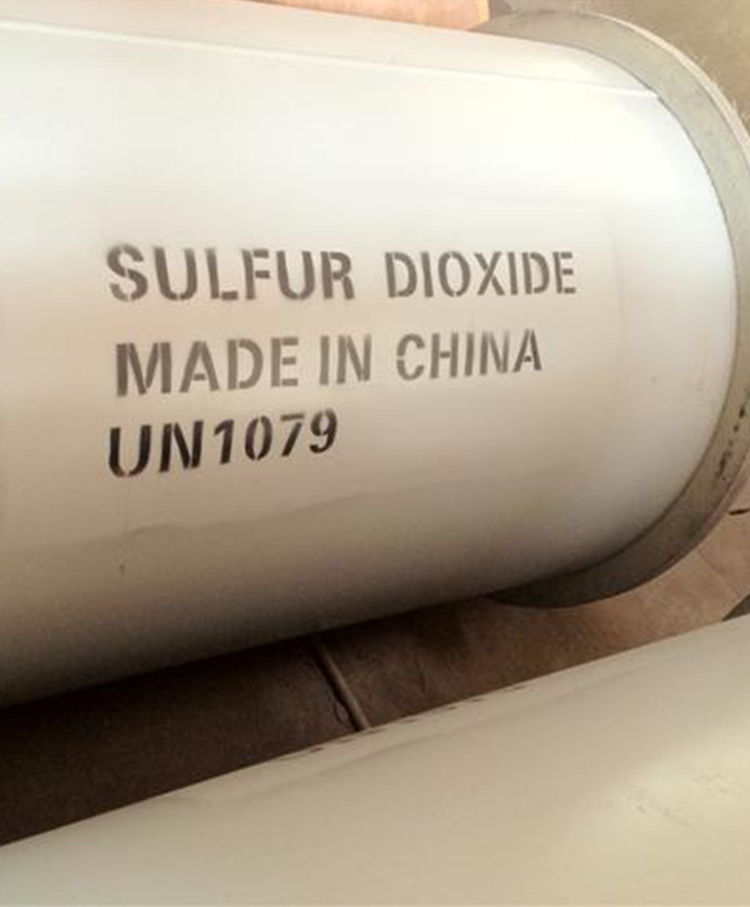A lot of people have heard about the multitude of applications that employ specialty gases. From welding and cutting, to research in laboratories, to the pharmaceutical industry, the uses and applications of compressed gases seem almost immeasurable. However, less often discussed is the utilization of specialty gases in an industry that directly involves nearly all people worldwide- the food and beverage industry. For instance, whether you’re a wine aficionado or someone who enjoys the occasional glass at certain events, you may be unaware that there are some specialty gases actually have a significant impact in the process of making wine.

If a wine is not protected from both oxygen and microbial spoilage during the aging process, it will most likely be spoiled. In order to protect the wine, it is necessary to maintain adequate sulfur dioxide levels and keep containers full. Also, the amount of protection is significantly increased by purging headspaces with inert gas in order to eliminate the oxygen. In regards to sulfur dioxide, its advantages and details about its employment in this process can be seen in the majority of winemaking literature. However, while these texts may touch on purging with inert gas, they often do not efficiently illustrate the actual techniques needed to carry out the application. First, it needs to be understood that it requires more than simply dispensing some argon into the headspace of your vessel in order to generate a sufficient gas blanket to safeguard your wine. The function of this article is to discuss the techniques required to properly use inert gas to purge headspaces in order to successfully preserve your wine. First, we will discuss the importance of safeguarding your wine from coming into contact with oxygen, and afterwards we will explain the precise gas purging methods necessary to do so.
The space in a barrel or tank that is not filled by liquid is filled by gas. As is commonly known, the air we breathe is a blend of gases, about 20% of which is oxygen.